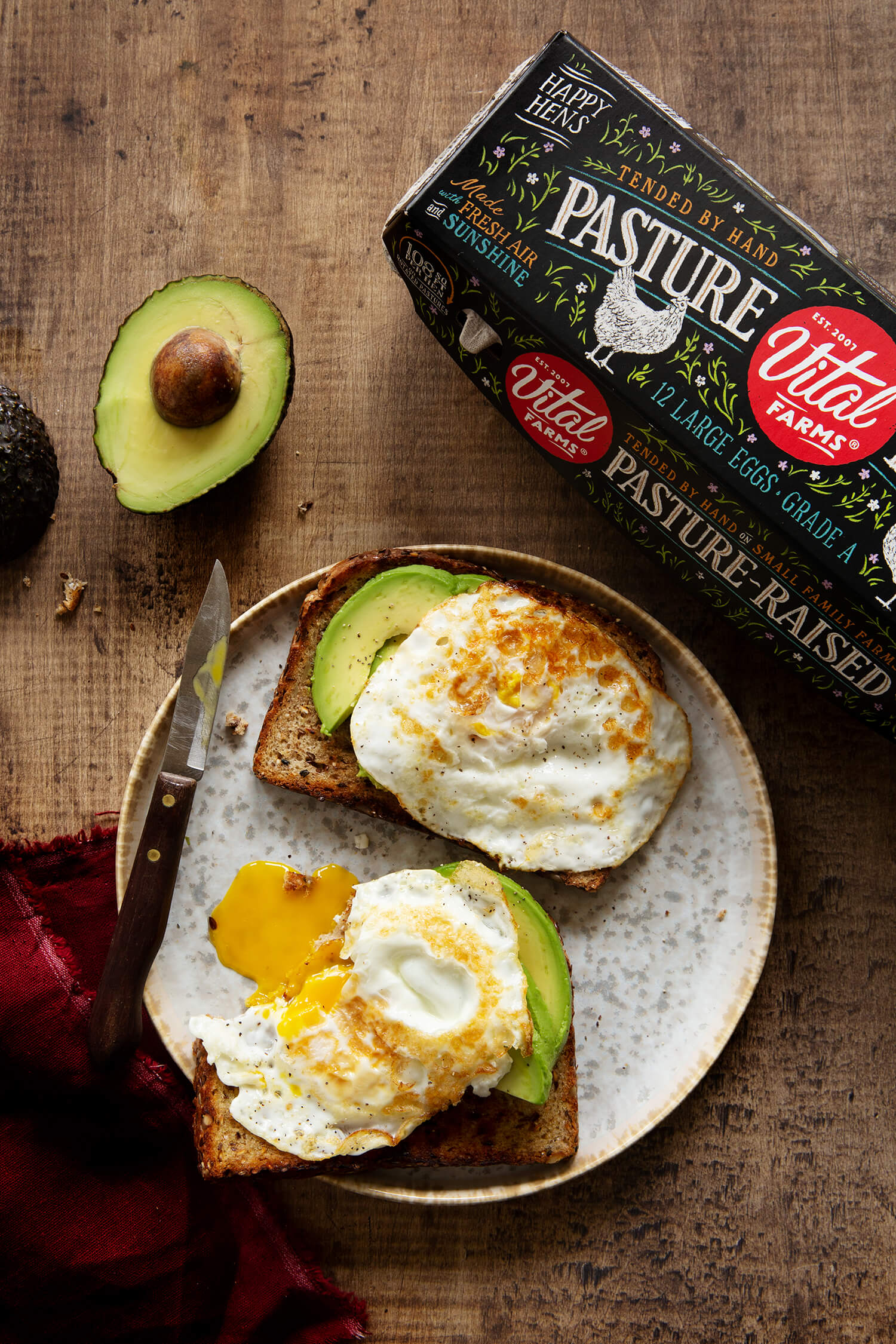When it comes to chili peppers, there are literally thousands of varieties that come in all shapes, sizes, colors and, of course, levels of heat. We’re here to help you navigate the spicy world of chili peppers that will be in season this summer, starting with your most burning questions.
What makes peppers spicy?
What makes peppers spicy is a chemical called capsaicin that peppers evolved to discourage mammals from eating them (this last part hasn’t exactly worked out for them). All hot peppers naturally produce capsaicin in the spongy white membrane that surrounds their precious seeds.
Tip: Since capsaicin is most concentrated in the membrane around the seeds, so if you want a milder dish, just remove this part of the peppers before cooking with them.
How big of a range of spiciness is there, really?
Scientists measure the heat of a pepper using Scoville units, which measure the concentration of capsaicin in a pepper. As a reference, a bell pepper has 0, a jalapeño has a few thousand, a habanero has over 100,000, and the hottest peppers on Earth have over 1 million, about half the Scoville units of pepper spray. The good news is that whatever your heat preference is, there is a chili pepper out there that you’ll love.
Cooking tip: If you like the fruity flavor of chilis but don’t want the heat, try buying some dried Mexican chilis like Guajillos, Anchos, or Pasillas, all of which pack far more complex earthy sweetness than they do heat.
How can you tell the heat of a pepper?
Since the Scoville count isn’t obvious from looking at a pepper, here are a few handy ways to tell the heat of a spicy chili pepper before biting in.
-
Size: Smaller varieties of peppers are usually hotter than larger ones. If you’re looking for a milder pepper, stick with bigger varieties like Anaheims or poblanos. Intermediate spice fans can experiment with medium varieties like Fresnos and serranos, and true chili nerds should seek out the thrilling sting of tiny Thai Bird’s Eye chilis and Caribbean Scotch Bonnet peppers.
-
Color: Peppers change color as they ripen, going from green to orange and red. Look for wrinkled red and orange chilis to bring some serious heat to your meal, while smooth green chilis will offer a milder level of spice.
How do you cook with peppers?
Once your peppers are in the kitchen there are some simple rules to follow to bring out their incredible flavors:
-
When handling and cutting hot peppers, be careful not to rub or touch near your eyes or other sensitive areas. This is especially important for very spicy varieties like habaneros. Wash your hands thoroughly after cutting them or just use gloves to avoid any painful surprises later.
-
Roasting or grilling chili peppers with salt and oil is one of the best ways to bring out their naturally sweet and earthy flavors.
-
Peppers benefit from acidic contrast from vinegar or citrus, so keep that in mind when seasoning your dish.
-
Fresh herbs like cilantro, mint, or basil provide amazing cooling contrast to the heat from peppers. The same goes for dairy ingredients like yogurt or sour cream.
We hope this helps introduce you to the exciting and flavorful world of hot peppers. Have fun cooking with them this summer!









